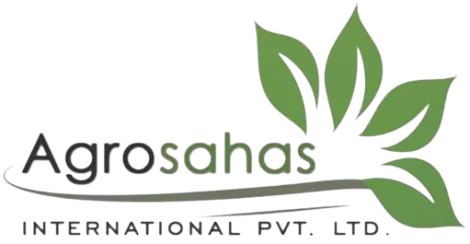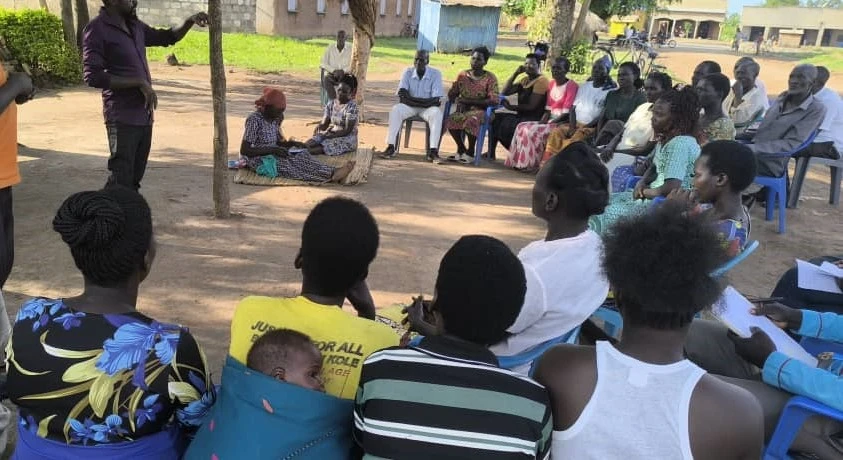In an ever-evolving agricultural landscape, collaboration and cooperative farming have emerged as powerful tools to enhance productivity and sustainability. Agrosahas International PVT LTD is at the forefront of promoting cooperative farming models that empower farmers, boost productivity, and foster community development. This blog explores the benefits of these cooperative models, the different types of cooperatives in Uganda, and the organizations that support farmers.
Understanding Agricultural Cooperatives
Agricultural cooperatives are organizations where farmers pool their resources to achieve common goals. These cooperatives play a crucial role in enhancing productivity, improving market access, and increasing bargaining power. There are two main types of agricultural cooperatives:
- Marketing Cooperatives: These cooperatives help farmers market their products more effectively. By pooling their produce, farmers can achieve better prices, access larger markets, and reduce marketing costs.
- Supply Cooperatives: These cooperatives provide farmers with access to necessary inputs such as seeds, fertilizers, and equipment. By purchasing in bulk, supply cooperatives can reduce costs and ensure quality inputs for their members.
The Role of Agrosahas in Promoting Cooperative Farming
Agrosahas supports various cooperative farming models to enhance productivity and sustainability. Here’s how:
- Facilitating Cooperative Formation: Agrosahas assists in the formation of cooperatives by providing training and resources. This support helps farmers understand the benefits of working together and how to establish and manage a cooperative.
- Capacity Building: Agrosahas offers training programs to improve the skills and knowledge of cooperative members. These programs cover areas such as sustainable farming practices, financial management, and leadership skills.
- Access to Resources: Through its network, Agrosahas provides cooperatives with access to essential resources like quality seeds, fertilizers, and farming equipment. This access helps farmers improve their productivity and efficiency.
- Market Linkages: Agrosahas helps cooperatives connect with larger markets, ensuring that farmers get fair prices for their produce. By facilitating these connections, Agrosahas helps farmers increase their incomes and improve their livelihoods.

Benefits of Cooperative Farming Models
The cooperative farming models promoted by Agrosahas offer numerous benefits, including:
- Increased Bargaining Power: By working together, farmers can negotiate better prices for their inputs and produce, reducing costs and increasing their profits.
- Improved Access to Markets: Cooperatives can access larger markets that individual farmers might find difficult to reach. This access helps farmers sell their produce at better prices and in larger quantities.
- Enhanced Productivity: Through shared resources and knowledge, cooperative members can adopt better farming practices, leading to increased productivity and sustainability.
- Community Development: Cooperatives foster a sense of community and collaboration, contributing to the overall development of rural areas. Members support each other, share knowledge, and work together towards common goals.
Collaboration in Agriculture
Collaboration in agriculture involves farmers working together to achieve common objectives, such as improving productivity, reducing costs, and accessing markets. This collaboration can take many forms, including cooperative farming, shared resources, joint marketing efforts, and collective bargaining. By collaborating, farmers can leverage their combined strengths to overcome challenges and achieve greater success.
Different Types of Cooperatives in Uganda
In Uganda, cooperatives play a significant role in supporting farmers and promoting agricultural development. The main types of cooperatives in Uganda include:
- Agricultural Marketing Cooperatives: These cooperatives focus on marketing and selling farmers’ produce. They help farmers access larger markets, achieve better prices, and reduce marketing costs.
- Agricultural Supply Cooperatives: These cooperatives provide farmers with essential inputs such as seeds, fertilizers, and equipment. By purchasing in bulk, they reduce costs and ensure quality inputs for their members.
- Savings and Credit Cooperatives (SACCOs): SACCOs provide financial services to farmers, including savings accounts and loans. These services help farmers access the capital they need to invest in their farms and improve their productivity.

Organizations Supporting Farmers in Uganda
Several organizations support farmers in Uganda, including:
- Agrosahas International Private Limited: Agrosahas promotes sustainable farming practices, cooperative models, and rural development. Through its various programs, Agrosahas helps farmers improve their productivity and livelihoods.
- Uganda National Farmers Federation (UNFFE): UNFFE advocates for farmers’ interests, provides training, and promotes sustainable agricultural practices.
- Heifer International: Heifer International supports smallholder farmers by providing livestock, training, and resources to improve food security and incomes.
Conclusion
Cooperative farming models promoted by Agrosahas International PVT LTD offer a powerful tool for enhancing agricultural productivity and sustainability. By facilitating the formation of cooperatives, providing training and resources, and improving market access, Agrosahas helps farmers achieve greater success. The benefits of cooperative farming, including increased bargaining power, improved access to markets, and enhanced productivity, contribute to the overall development of rural communities. As farmers collaborate and work together, they can overcome challenges, achieve common goals, and build a brighter future for themselves and their communities.




